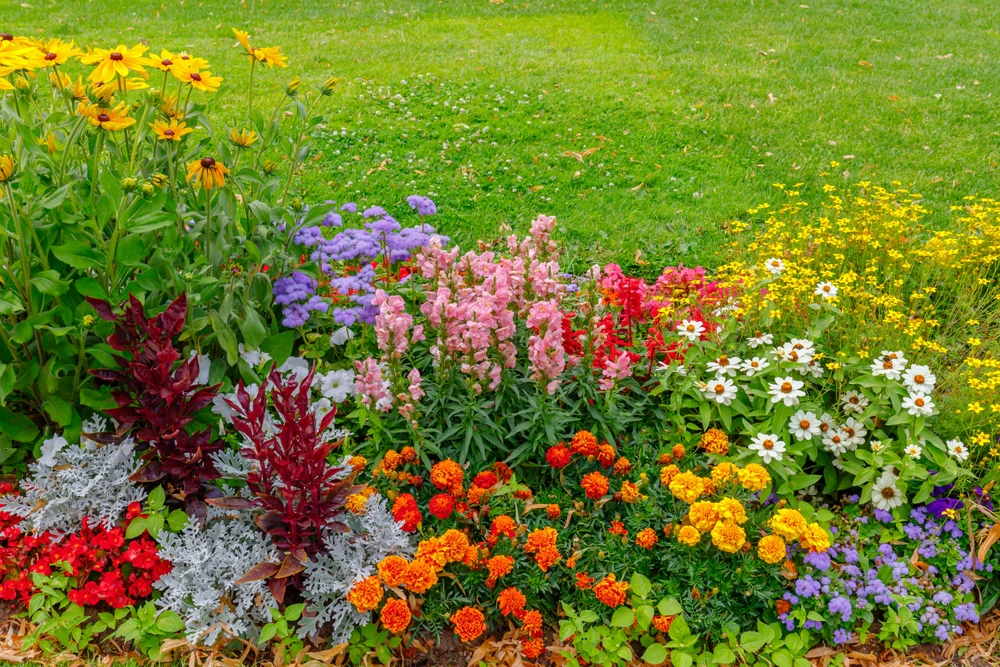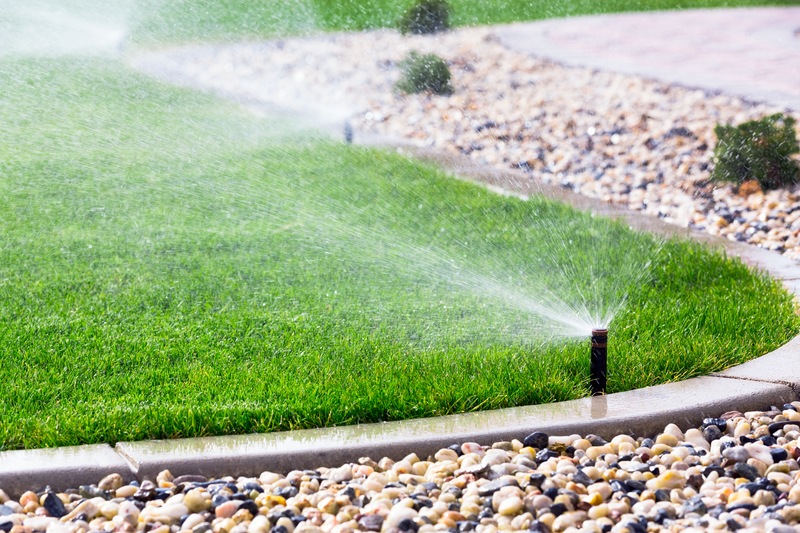Creating a beautiful and functional flower garden involves mastering several fundamental design principles. Start by considering the garden’s purpose—whether it’s for relaxation, entertaining, or attracting wildlife. Practical layout and color coordination play a crucial role in enhancing visual appeal. Think about plant height, bloom times, and the overall balance of shapes and textures to ensure year-round interest. Incorporate focal points and pathways to guide the eye and invite exploration. Additionally, selecting plants suited to your local climate and soil conditions is essential. Visiting your garden center can provide valuable insights and resources to help bring your floral vision to life.
Choosing the Right Color Schemes
Choosing color schemes that evoke the desired emotions and atmosphere is essential when designing a flower garden. For a bright design, mix and match colors; for a more refined look, adhere to monochromatic hues. Warm colors like reds, oranges, and yellows can make a space lively, while cool colors like blues, purples, and greens create a calming atmosphere. Consider visiting a reliable garden center to get inspiration and information on plant options. Consider how the flowers interact with existing structures, paths, and other garden features to create a cohesive and visually appealing garden.
Selecting the Ideal Plants for Your Garden
Choosing the perfect plants for your garden involves more than just picking what looks appealing; it requires a thoughtful approach to ensure your garden thrives. Start by considering the local climate and soil conditions, as these factors will significantly influence which plants will flourish. Additionally, consider the amount of sunlight and water your garden receives, as different plants have varying needs. For expert advice and a diverse selection of plants suited to your specific conditions, visit a local garden center. Their knowledgeable staff can help you make wise choices to ensure your garden thrives and looks beautiful.
Designing the Perfect Garden Layout
A functional and beautiful flower garden requires a well-designed layout with paths for easy access, varied plant heights for depth, and strategic placement. A rough sketch can help visualize the final design. Taller plants should be arranged back or center, while shorter ones should be at the front. This arrangement enhances visual appeal, air circulation, and sunlight penetration for healthy plant growth. Additionally, seating areas or vantage points for enjoyment of the garden’s beauty should be included.
Essential Maintenance Tips
Proper maintenance is vital to keeping your flower garden looking its best. Regular tasks include watering, weeding, and mulching. Keeping your plants healthy can also be achieved by using organic fertilizers. Mulching helps retain soil moisture, suppress weeds, and improve soil structure. Pruning and deadheading flowers—removing spent blooms—can encourage more flowering and keep the garden looking tidy. Additionally, monitoring it for pests and diseases is essential, and taking action promptly if any issues arise will keep your garden flourishing.
Creating Seasonal Interest
To maintain garden appeal throughout the year, include plants that bloom in different seasons. Spring bulbs, summer perennials, fall foliage, and winter evergreens can keep your garden vibrant regardless of the time of year. Consider incorporating colorful bark, fruit, and varied leaf textures to add interest during the dormant seasons. For instance, evergreens provide structure and color in winter, while spring bulbs bring early color after the cold months. Planning for all seasons ensures that your garden remains a dynamic and engaging space year-round.





